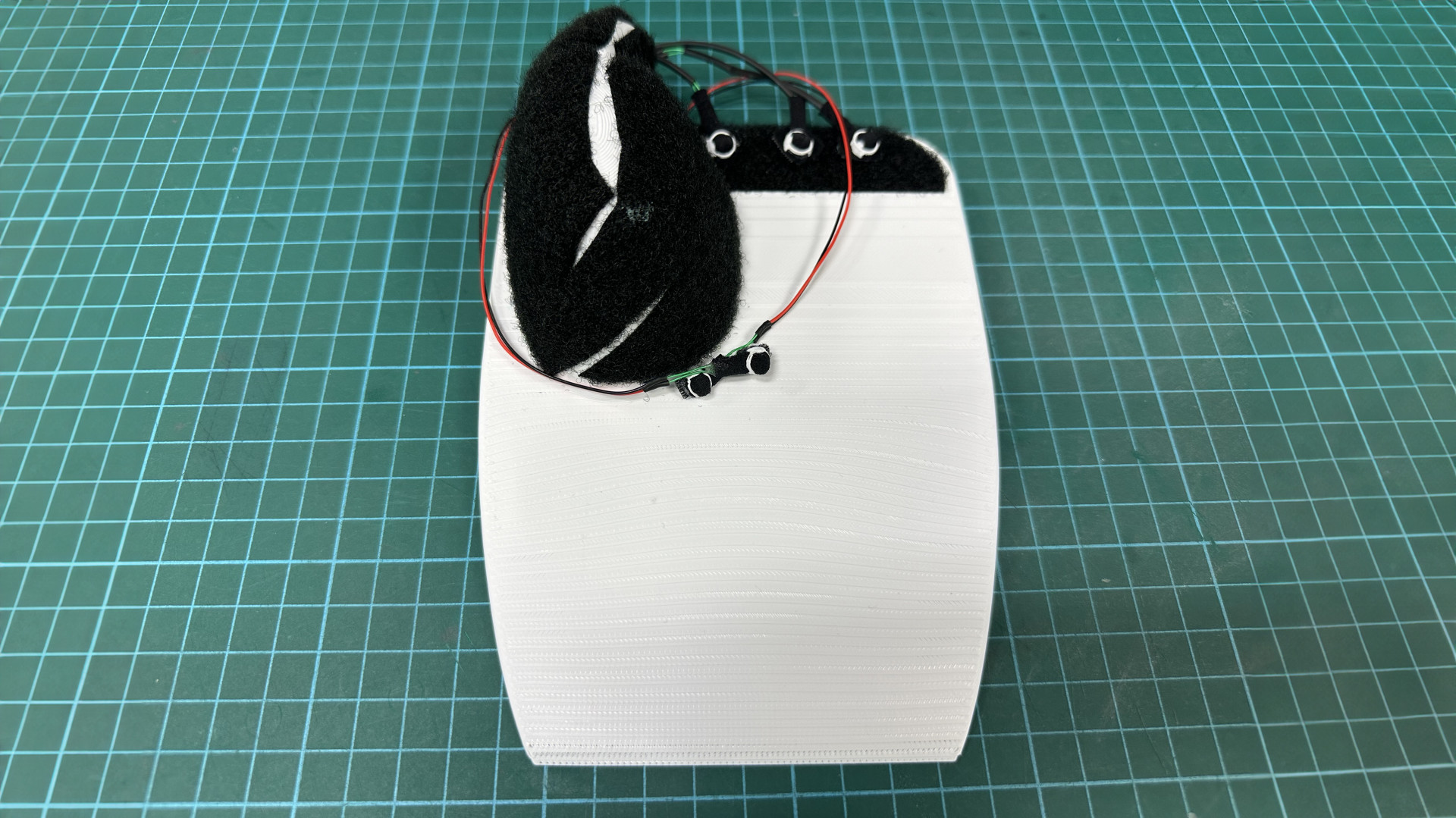FUNction Device improves quality of life of patients with muscular dystrophy
Equipped with a soft, thin and stretchable sensor, the customisable device enables patients to continue using their smartphone and tablet even in advanced stages of their condition
In muscular dystrophy, genetic mutations interfere with the production of proteins needed to form healthy muscle. There are different types of muscular dystrophy, but the condition is generally characterised by progressive weakness and loss of muscle mass.
Simple, everyday activities like using the phone can become increasingly difficult over time. As there is currently no cure for muscular dystrophy, patients will have to continuously adapt to their deteriorating condition.
With the support of the Enabling Lives Initiative Grant from SG Enable, a research team from the NUS Institute for Health Innovation & Technology (iHealthtech) and the College of Design and Engineering set out to develop an assistive device to help muscular dystrophy patients use smartphones and tablets even in advanced stages of the disease.
After rounds of user testing and research involving patients, caregivers, physiotherapists, and medical professionals, the team created a working prototype known as the FUNction Device.

This device uses a soft, thin, and stretchable sensor that translates minute finger movements into software controls. It is designed to be user-friendly and functions like a computer mouse, with adjustable sensitivity.
“Current assistive device – such as touch-screen devices keyboards, glidepads and the computer mouse – require a considerable amount of strength in wrists, hands and fingers to be used. These devices lose their usefulness in the later stages of muscular dystrophy. Therefore, the objective of the FUNction Device is to provide an adaptable interface that can be activated by miniscule finger movements for various computer functions,” said Professor Lim Chwee Teck, Director of NUS iHealthtech, who led the research team.
He added, “We also intend to build gaming software to motivate the user to perform exercises to monitor their functional strength.”
The team is currently working with seven patients to test the device, and has plans to recruit 20 more to further refine the technology before commercialising it in Singapore. The team also plans to adapt the device for individuals with other neuromuscular disorders and neurological disabilities.
Read more about it here.



